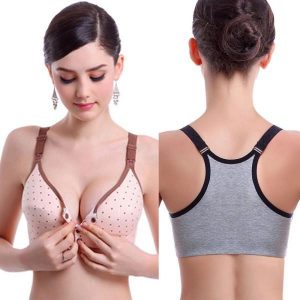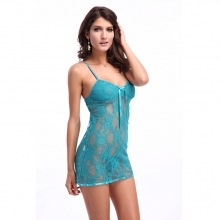After lingerie brand Berlei hit back with Facebook’s new ads, women were forbidden to try to find perfect bras in uncomfortable situations.
Business shows the struggles and failures of women’s corset style bra, including suppressing breasts or forcing them to sit separately from unnatural bras; to stimulate from steel wires; and bras to push, suppress, and limit.
So basically, all the discomfort, all women have met at least once in their lives.
Facebook (and Instagram, part of Facebook) banned corset style bra’ s advertising because of potential attacks”.
The social media giant claims that it determines the potential crime fear community – the reason for high criticism.
“Berlei believes that this situation highlights the social problems in which breasts are regarded as sexual property,” said a spokesman for the company.

They want to change the brand’s narrative of female advertising, hoping to convey information to their online communities without being suppressed.
The ad was temporarily banned until YouTube was restored.
The spokesman said Facebook’s high reasoning that ads on its platform were not allowed to be “pixel exposed,” apparently concentrated in bouncing breasts and over magnified images”.
At no stage will the advertisement adequately expose women’s breasts.
After advertising, they appointed the first monkey bereli in June.
Berlei tells Mumbrella, “this shows that not all corset style bra are female – regardless of age, shape and size.”.
The ad highlights the everyday realities of women treating the breasts in an honest and truthful way. Like the bra itself, the ad aims to give women more love and self investment.
High business is the first brand of lingerie series, and women who wear regular bras struggle every day.
The ad was discovered after more than 500 women were surveyed.
The high appeal was banned, but the protest was dismissed.

